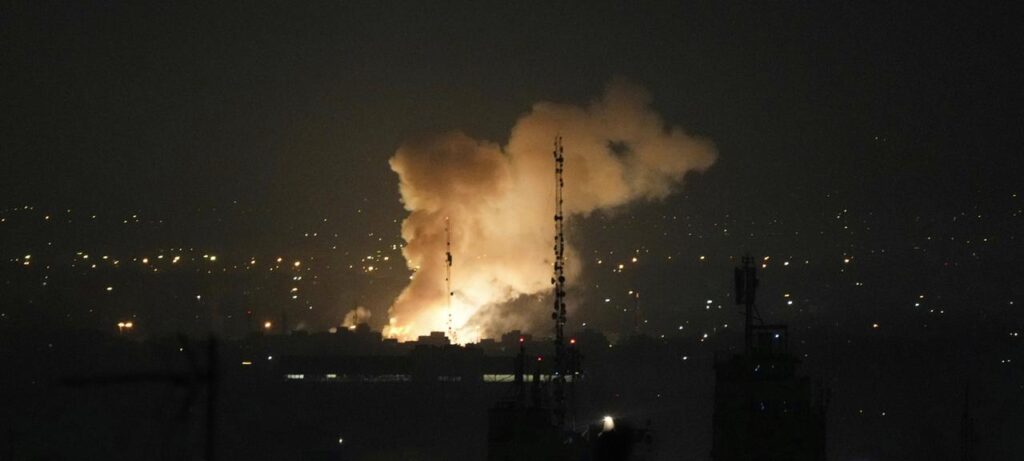
Introduction
Teheran, the capital city of Iran, is a metropolis with deep historical roots and a vibrant culture. As the political, economic, and cultural heart of Iran, Teheran plays a pivotal role in the region’s dynamics and global relations. Understanding this city is crucial for anyone interested in Middle Eastern politics, history, or culture.
Geographical and Cultural Significance
Located in northern Iran, at the foot of the Alborz mountain range, Teheran boasts a unique blend of modernity and tradition. Over 9 million residents call it home, making it the most populous city in Iran. As the center of Iranian culture, Teheran is host to numerous museums, galleries, and historical sites. The National Museum of Iran and the Golestan Palace, a UNESCO World Heritage Site, showcase the rich history of the Persian Empire and the country’s artistic achievements.
Political Landscape
Teheran has been at the center of significant political transformations over the past century, including the 1979 Iranian Revolution that led to the establishment of the Islamic Republic. The city’s political landscape is complex, characterized by the influence of various factions and actors that shape Iran’s domestic and foreign policies. Teheran is also the site of numerous international negotiations, particularly concerning Iran’s nuclear program.
Economic Growth and Development
The economy of Teheran is crucial to Iran’s overall economic health, with industries ranging from manufacturing to services. The city is expected to grow in significance as Iran attempts to navigate sanctions and foster international trade. In recent years, Teheran has seen investments in infrastructure to improve urban mobility and accommodate its growing population, reflecting a progressive approach towards modernization.
Conclusion
As an emblem of Iranian identity and resilience, Teheran continues to capture global attention. Its cultural richness and strategic importance will likely shape the future of the region and beyond. For those observing international relations and urban development, Teheran serves as a crucial case study of how cities can evolve amid challenges. Whether through its historical sites, political significance, or economic pursuits, Teheran remains an indispensable city in the contemporary world.



